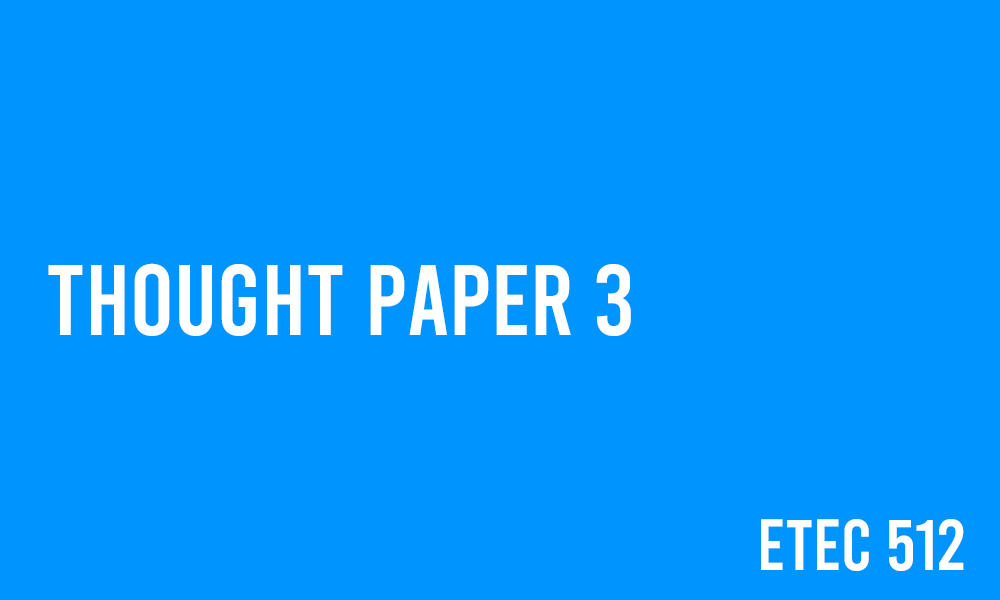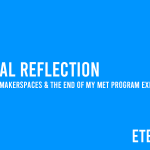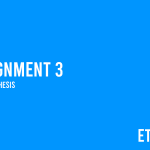I believe that one-to-one programs are beneficial in all aspects of learning. One-to-one programs allow for equalized access to education inside the classroom and at home. Parents and guardians are not always able to provide their children with access to technology which can create an equity gap, even within a single school (Ramorola, 2013). As educators focus on the classroom of the future through various learning methods, minimizing external factors such as access to technologies is beneficial for all.
Although the efficacy of one-to-one programs varies depending on the grade of students, it is still beneficial. As an example, a Kindergarten student would have a difficult time learning to navigate a Chromebook using a trackpad. Since Kindergarten students focus on developing fine motor skills, they require more manipulation of physical objects than technology can provide. This means a one-to-one program would not benefit Kindergarten students as much as older students as it cannot assist with a major area of growth that they focus on. However, a one-to-one program would benefit them greatly with reading as iPads have a variety of applications, such as Raz-Kids, which are simply better than traditional classroom reading programs (Shirley, 2018).
Subject areas that encourage students to showcase digital creativity, require word or data processing, or can implement gamified learning experiences would greatly benefit from a one-to-one program. Even subjects that are not academically based and traditionally not digitalized, such as Physical Education, can increase students’ interest in exercise through gamification as it increases student engagement (Figueroa-Flores, 2016). It is evident that one-to-one devices can improve education across all subject areas.
Overall, although the efficacy of a one-to-one program may vary by grade and subject matter, it provides a net benefit and should be implemented by all education stakeholders.
References Figueroa-Flores, J. F. (2016). Gamification and Game-Based Learning: Two Strategies for the 21st Century Learner. World Journal of Educational Research, 3(2), 507-522. Ramorola, M Z. (2013). Challenge of effective technology integration into teaching and learning. Africa Education Review, 10(4), 654-670. Shirley, Y. (2018). Ipads versus books. Creative Education, 9, 115-139. https://doi.org/10.4236/ce.2018.91010






